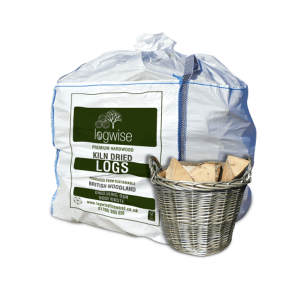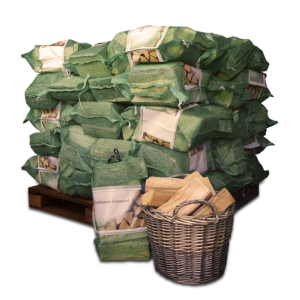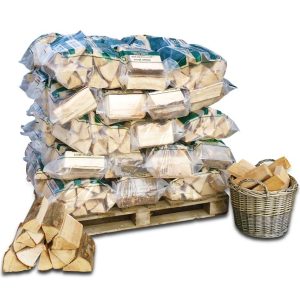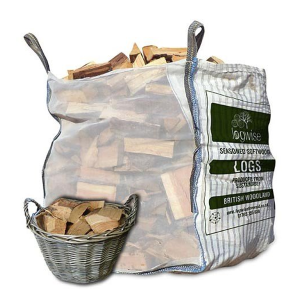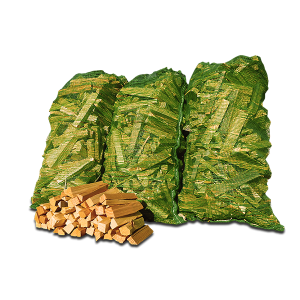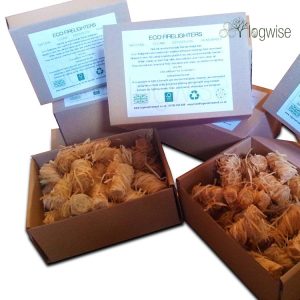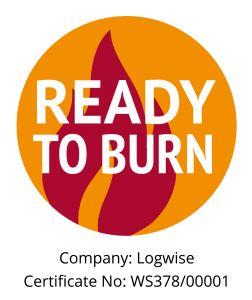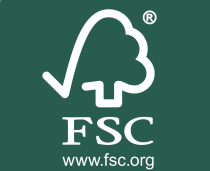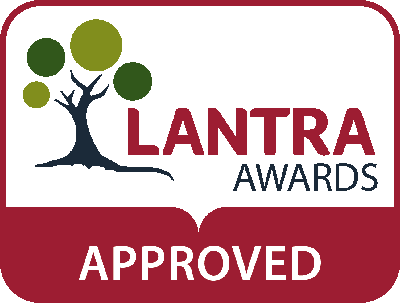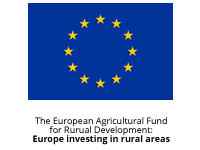
Is it safe to eat food covered in soot from a campfire?
Cooking on a wood fire is one of life’s great pleasures. There’s nothing quite as satisfying as sitting beside a cosy blaze, heating up something delicious, and taking a bite.
Lots of people have questions about the safety of eating food cooked over an open flame, though. Is it safe to eat food with soot on it? Or food that may be slightly blacker than planned?
In this blog post we’ll dig down into some of these questions and, hopefully, give you the information you need to put your mind at rest.
Here’s what we’ll cover:
- Which woods to use for cooking
- Should you eat soot?
- Should you eat burned bits?
- Checking your food is safe to eat
Which woods to use for cooking
Before we get to soot, let’s start by taking a quick look at the types of wood that are safe for cooking food.
The first consideration is choosing a wood that will burn hot for a long time, rather than burning itself out quickly. This gives you a more consistent heat to prepare food over.
Next we need to think about the type of wood, and whether it contains any harmful chemicals. This step is really important, and getting this wrong is a much likelier way to give yourself an upset stomach or worse when cooking over an open flame!
Here are some woods to avoid when cooking:
❌ Green wood: Freshly cut wood contains a lot of moisture and puts out an incredible amount of smoke when it burns. Not only is it difficult and inefficient on an open fire, but the smoke will make your food taste acrid and horrible.
❌ Soft wood: Softer woods generally burn more quickly, meaning they’re less effective as heat sources to cook on.
❌ Wood with poison ivy on it: Poison ivy, or other poisonous plants, will let off dangerous chemicals when burned. Inhaling these through smoke or having them cooked into your food is best avoided!
❌ Wood with paint, varnish, or other treatments: If you’ve got a pile of wood leftover from a piece of furniture or a DIY project, you may be tempted to burn it. We’d recommend avoiding this, and if you do, definitely avoid cooking over it! You don’t want these fumes and chemicals in your body.
Your best bet are hardwoods like beech, oak, and ash. Just like what you’ll find in our bags of hardwood logs, incidentally!
These types of wood will provide everything you need to rustle up some tasty grub:
✅ High temperature
✅ Slow burn
✅ Low levels of smoke
Should you eat soot
Questions about whether it’s safe to eat soot usually stem from concerns around its potential negative health impact.
According to Wikipedia, “soot is a mass of impure carbon particles resulting from the incomplete combustion of hydrocarbons.” You may be aware of proposed links between higher carbon levels in burned food and an increased risk of cancer, thanks to the carcinogenic properties of the compounds.
It’s thought that the levels of carcinogens in one portion of burned food, even if you’ve done a real number on it, is far too low to present a serious risk.
So when it comes to sooty food, it’s most likely safe from a health perspective.
The question is whether you want to experience the texture of the soot. The dry, powdery mouthfeel may not be the most appetising thing – especially when you were expecting a lovely grilled piece of meat!
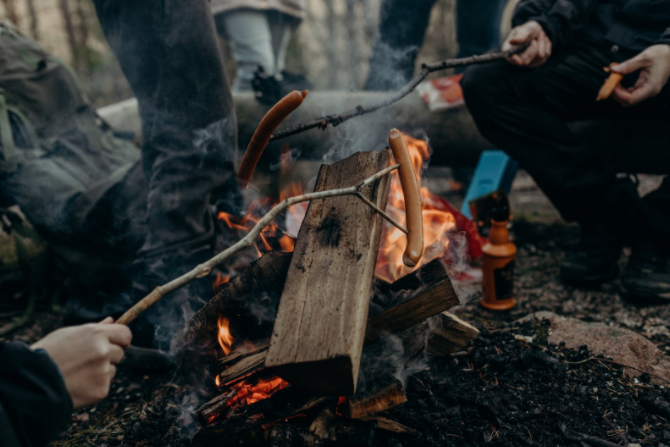
What about burned bits?
The answer here is the same: in low quantities, burned foods are very unlikely to have any significant carcinogenic effects. You need to weigh up whether the taste and texture are worthwhile, and this is best done on a case by case basis.
A sausage with one scorched side that’s otherwise nicely cooked? We’d most likely eat that.
A burger that’s been burned to such a crisp that it looks more like a hockey puck? Probably not..!
How to cook safely over a fire
This blog post centres around questions of which food is and isn’t safe to eat when cooked over a fire. We’ve explored how wood type, smoke level, and various other factors can affect the cooking process. We’ve also looked into whether soot or burned bits are safe to eat.
Now let’s take a look at some tips to improve the results of your open fire cooking. None of these are complicated, and each should reduce the likelihood of burning your dinner.
- Avoid the open flame! The quickest way to burn food and achieve uneven cooking is to hold it directly over the flame. All this does is singe the outside whilst leaving the centre raw.
- Put food where there’s heat: whether you hold your sausage a few centimetres away from the fire on a skewer, or arrange a few bits a safe distance from the open flame, just be sure they’re getting a consistent level of heat.
- Turn your food: keeping the same side of your food facing the fire at all times will lead that side to burn while the others stay cold. Turn your food every couple of minutes to achieve even cooking.
- Know your recipe: not everything cooks the same! A sausage is fairly simple, just hold it near the fire and turn occasionally. Veggies will do better on a grill pan with a little oil. Jacket potatoes can be wrapped in foil and chucked into the flames, then safely removed with tongs later on. Whatever you’re cooking, research the best way to prepare it over an open fire!
- Start simple: get used to mixing food and fire with something easy, like roasting marshmallows. When you’ve got a feel for the flames and the realities of campfire cooking, tackle more elaborate menus. Practice makes perfect!

